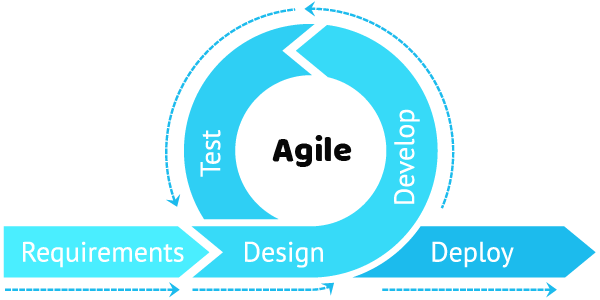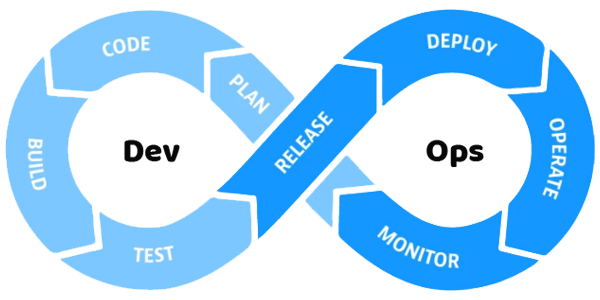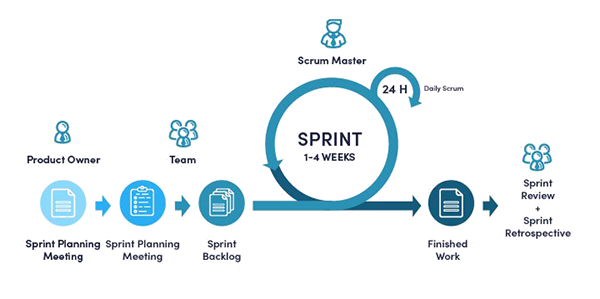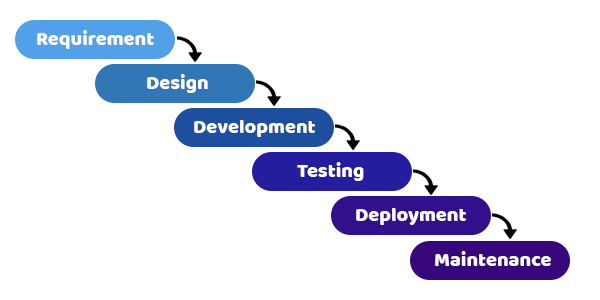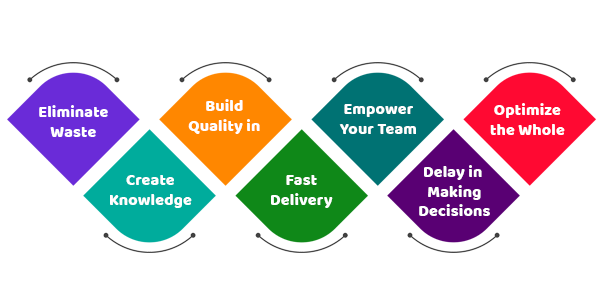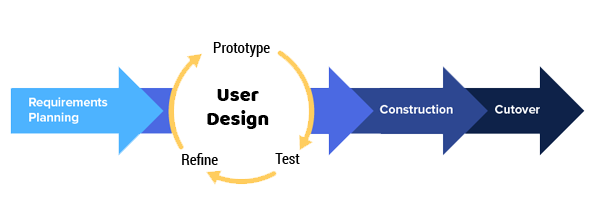The Full Rundown of the Top Software Development Methodologies And Which One Is The Most Suitable For You
Who does not wish to add more structure to the workflow of their software development? However, a big part of the process that we often overlook is selecting the appropriate methodology for your software development process based upon the ultimate goals, team size, and many other factors of your particular product organization.
So what exactly is a software development methodology? It is a framework responsible for structuring, planning, and controlling the entire process of the software development system. However, a sole concern that prevails in this kind of software development methodology is that it does not revolve around any technical aspect; rather, it takes into account and requires a proper planning layout for the development lifecycle of the software.


